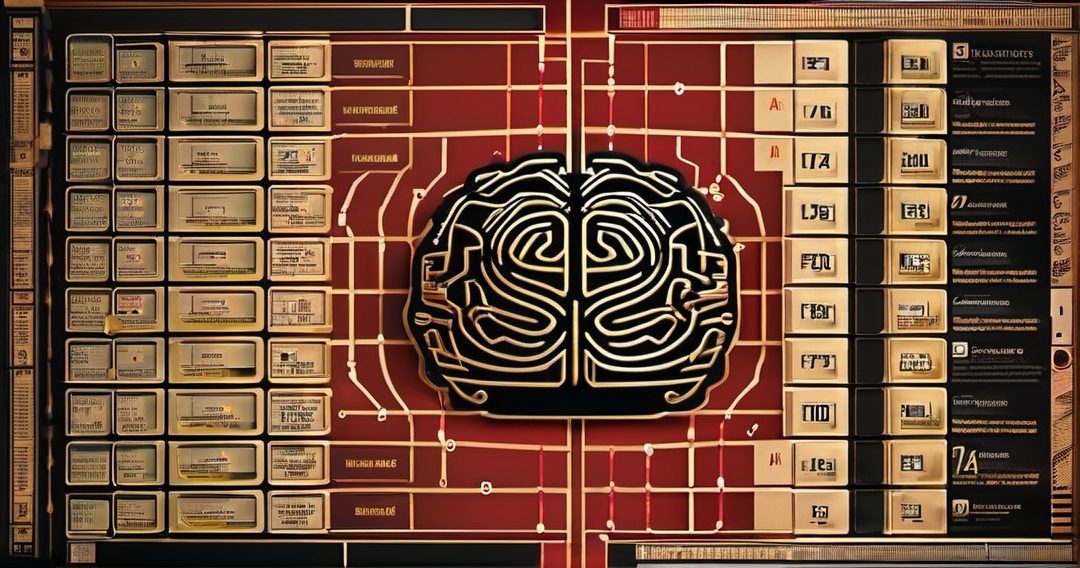The Evolution of Problem Solving: How Newell and Simon's Book Influences Psychology and AI
Explore "Human Problem Solving" by Allen Newell and Herbert A. Simon, a groundbreaking work in cognitive psychology that delves into the processes and strategies humans use to solve problems.
“Human Problem Solving” by Allen Newell and Herbert A. Simon is a seminal work in cognitive psychology that explores the processes humans use to solve problems. Here are some key ideas and conclusions from the book:
Information Processing Theory: The authors propose that human problem-solving can be understood in terms of information processing. They suggest that the mind functions like a computer, processing information through a series of steps and rules.
Problem Space: Newell and Simon introduce the concept of a “problem space,” which consists of all possible states and actions that can be taken to move from the initial state to the goal state. Effective problem-solving involves navigating this space efficiently.
Heuristics and Strategies: The book emphasizes the use of heuristics, or rules of thumb, in problem-solving. Heuristics are strategies that simplify decision-making and can lead to quicker solutions, although they are not guaranteed to be optimal.
Means-Ends Analysis: One of the key heuristics discussed is means-ends analysis, which involves breaking down a problem into smaller sub-problems and addressing the differences between the current state and the goal state step-by-step.
Representation of Problems: The way a problem is represented or framed can significantly impact the ability to solve it. Effective problem solvers are adept at transforming problems into more manageable representations.
Role of Memory: Memory plays a crucial role in problem-solving. The authors discuss the importance of short-term and long-term memory in storing and retrieving information relevant to the problem at hand.
Expertise and Skill Development: The book highlights the differences between novice and expert problem solvers. Experts have more sophisticated and organized knowledge structures, which allow them to recognize patterns and apply more effective strategies.
Simulations and Models: Newell and Simon use computer simulations to model human problem-solving behavior. These simulations help to illustrate how different strategies and heuristics can be applied to solve problems.
Experimental Evidence: The authors provide experimental evidence to support their theories, demonstrating how people solve problems in controlled settings and how their models can predict human behavior.
Implications for Artificial Intelligence: The insights from this book have significant implications for the field of artificial intelligence (AI), as understanding human problem-solving can inform the development of intelligent systems that mimic human thought processes.
Overall, “Human Problem Solving” is a foundational text that offers a comprehensive framework for understanding how humans approach and solve problems. It bridges cognitive psychology and artificial intelligence, providing valuable insights into both fields.

Comments powered by Disqus.